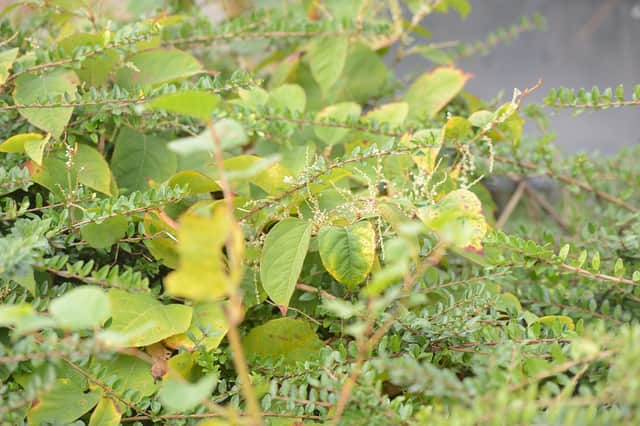Ask Gareth Shaw: Will Japanese Knotweed discovery make it harder for my daughter to buy house?


Answer: Japanese Knotweed is not the kind of neighbour you want to discover near your property. It was originally found growing inside Japanese volcanoes, which makes it incredibly hard to kill. This aggressive weed can cause a huge amount of damage – from strangling plant life to damaging foundations and drainage systems. It can even lie dormant in the ground – only to come to life once more if you disturb it (say, through building an extension).
Mortgage lenders are unwilling to give hundreds of thousands of pounds for a property that could be destroyed by a demon plant. That said, their decision to lend would be based on the severity of the knotweed – so simply the existence of it nearby your daughter’s prospective new home is not an immediate red flag.
Advertisement
Hide AdAdvertisement
Hide AdThe first thing to do is look for a second opinion and consider employing a specialist. There are lots of similar looking knotweeds, many of which are not as damaging as the Japanese variety.
Each lender has its own approach to Japanese Knotweed, and the Royal Institution of Chartered Surveyors (RICS) has created a four-tier categorisation system that lenders often use to judge the severity of the weed. The first category is where knotweed is found more than seven metres from your property, or on an empty space nearby; the second is where knotweed is within seven metres of your property, but not within yours. The third category is where it is within the boundaries of your home but more than seven metres from a living space and the fourth category is the most severe – it means that the knotweed is already causing damage to walls or foundations.
If the property falls into the first or second category, you may see the potential pool of lenders shrink – some may not want to take the risk but you should still be able to find a bank who will lend you the money. However, to reflect the higher risk they are taking on, lenders may ask for a bigger deposit or charge a higher rate of interest. For a first-time buyer, this could be devastating for the property purchase prospects, pushing either the repayment or upfront costs beyond them.
If the property falls into the third or fourth categories, things get really serious. Many mortgage lenders will refuse to lend on the property, and if they do decide to lend to you, they’ll want to see an independent examination, and a treatment plan in place. And they may want to see evidence that the work has been carried out and that the weed has been eradicated. This will require a specialist, who will either administer a weedkiller, carry out a root and branch removal, or seal the knotweed in a membrane to stop it from coming out the ground. Sometimes, you may need all three to take place.
The cost of this should really be borne by the seller, but it could become a point of negotiation.
Once your daughter has a specialist assessment of the severity of the weed, she can make a judgment on whether or not to proceed with the purchase.
Gareth Shaw is the Head of Money at which.co.uk.
Comments
Want to join the conversation? Please or to comment on this article.